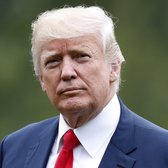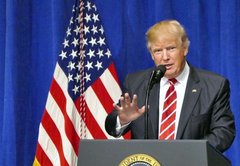Increase the size of the U.S. Army to 540,000 active duty soldiers
Donald Trump
“We will build an active army around 540,000 as the army’s Chief of Staff has said he needs desperately and really must have to protect our country.”
Trump-O-Meter

Promise Broken

